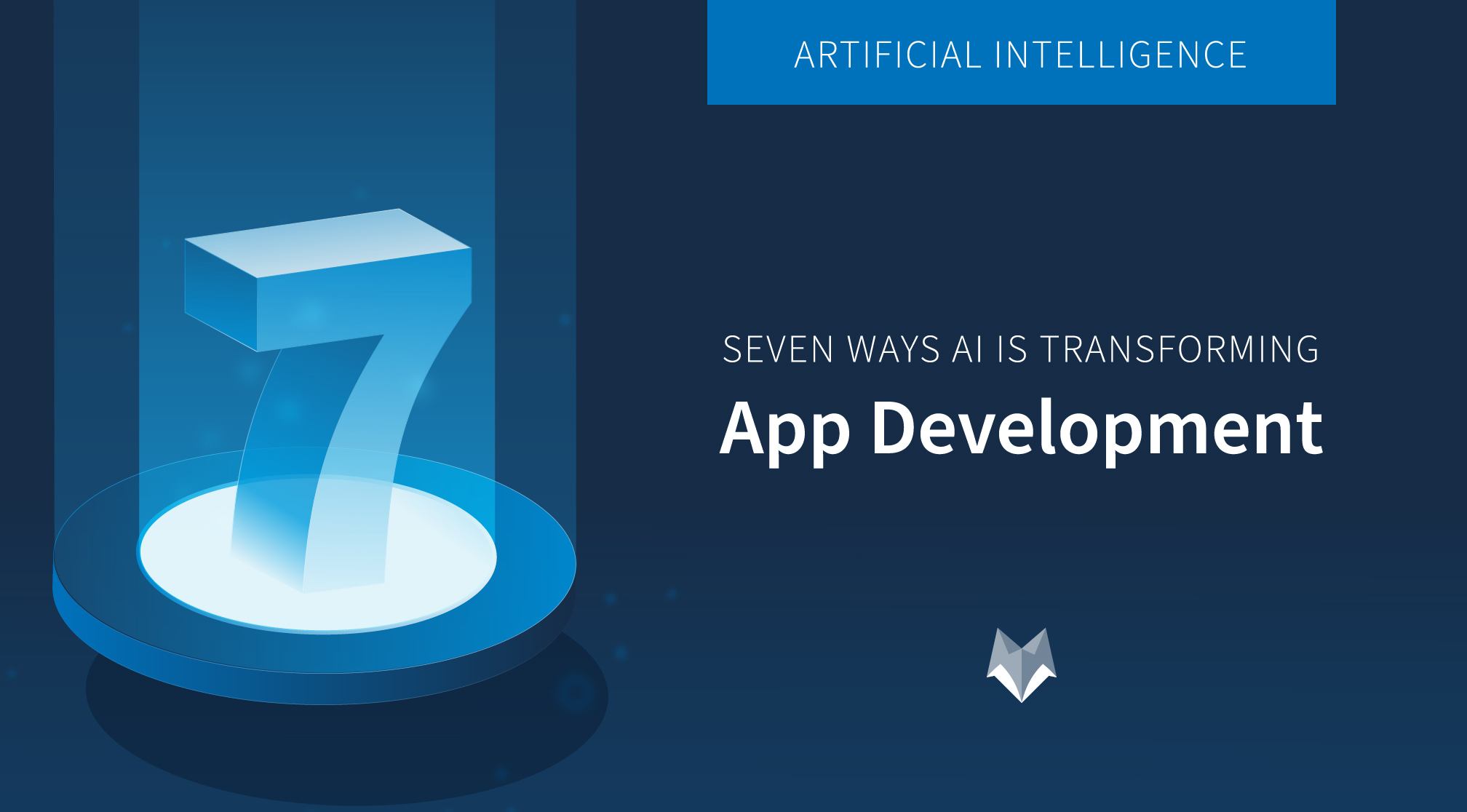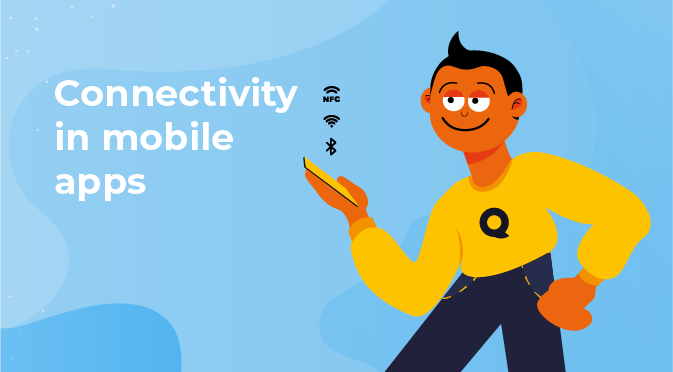Five ways to use Apple App Clips to boost app download rates
August 27th, 2020

This guest-post is courtesy of our partners at Tooploox.
A new Apple feature was shown during the Apple Worldwide Developers Conference. The key concept behind it is to enrich apps with a set of triggers that enable the user to launch them before installation.
At first glance, the idea to use this feature to boost download rates seems ridiculous - if one doesn’t need to download the app, why would he or she do so anyway? In fact, reality works in just the opposite fashion.
App clips at first glance
The app clip is a cut-off code from the full-size app that is downloaded and processed by the phone when activated by a certain trigger - a QR code, an NFC tag, being logged into a particular geolocation, or scanning a special app clip code.
This feature gives the user access to a certain procedure or workflow taken from the app. Using a scooter sharing service is a good example - the user can simply scan the code and ride on, without downloading the app. Also, the payment is processed via Apple Pay in a secure manner, without needing to share any other information with the app provider.
So, considering the app clip as a way to access the app without downloading it is correct. Yet, on the other hand, battle-testing the app is the best way to encourage a user to stick to it for a longer time.
Using App Clips to boost app download rates
Triggers are basically the link between the context of usage and the app. So using them properly should significantly boost interest in the app and widen the group of users. Implementing banners, stickers, and screens to encourage the user to download the full version is recommended, but not enough - the app clip is far more than an ad of the app.
There are five factors to consider when building user loyalty in the long term:
Keep the clip small
The smaller the clip, the faster it runs. Smooth operations are the foundation of a great user experience and being remembered as “that one that just works” without waiting for menus to load or for data to process. And being remembered as “that slow one” is not the best idea.
Focus on essential features
With the clip being a direct response to a user’s need, using it to deliver any additional features or bloating it with fancy effects reduces the chance to be remembered as “that good one.”
Example:
A local cafe launches an app to order and pay for coffee. Also the app stores their purchase history, enabling the users to collect loyalty points, and holds a schedule of upcoming events. The owner prints flyers with QR codes to immediately order and pay for coffee to pick it up. To make the trick work - that should be all. There is no need to implement additional features - at least not in the app clip. On the other hand, after the app clip works, the user gets prompted about the advantages of the full version.
Make it shareable
It is easy and convenient to share an app clip via the messaging feature seen in iPhones and other Apple devices. Basically, enabling the amazed user to spread the word about the amazing app clip is the best way to earn recommendations.
Also, every shared app clip is yet another user exposed to the brand and informed about the features of the full app.
Make it as accessible as possible
Although it may be tempting to encourage the user to create a beta-account, in the case of app clips it would be counter-productive. The concept behind this feature is to deliver the experience and use of the app in the smoothest way possible. The core component of Apple design philosophy is to make every feature user-centric, so giving the workflow available “on the go” is just following the recommendations of the strongest brand on the planet.
Also, the ultimate goal of the app is to support the earning of money, not being downloaded and enabling the user to pay with just one click can be even better for business.
Find its purpose
The app clip is popular, fresh and fancy - so why not implement it? Actually, implementing it only because it is popular, fresh and fancy is the shortest route to failure. The most important value of the app is in solving a user’s problem. Without spotting a problem to solve with the app clip, delivering one is pointless.
So users, when finding that the app clip he or she was encouraged to launch is useless, will obviously think that the rest of the app is spammy and pointless. On the other hand, why not try the full app if the app clip is so useful and helpful?
Summary
App clips are yet another example of an Apple-forged idea of putting the user in the center. The app clip is the perfect first step to enter the user’s ecosystem and making a great impression will boost download rates, while the opposite could be deadly for the app’s popularity.
About the author
Konrad Budek @ Tooploox
Tooploox is a software development company that provides state-of-the-art solutions for startups and enterprises. We focus on long-term partnerships and products that make people’s lives better. Our strength is in our people - we hire only the best talent with strong communication skills. We specialize in iOS and Android apps, as well as web development, artificial intelligence, machine learning and product design.
Similar Articles

Posted on March 18th, 2021
The future of technology is AI and the future of AI is mobile. The latest data shows that the market size of artificial intelligence was valued at $27.23 billion in 2019, this figure is projected to reach $266.92 billion by 2027 (Fortune Business Insights, 2020).

Posted on February 24th, 2021
This guest-post is courtesy of our partners at Input Logic.

Posted on December 11th, 2020
Today nobody can imagine life without smartphones. They connect us with our friends and family, and provide entertainment and access to social media. That is why mobile phones have become an integral part of everyday life.




